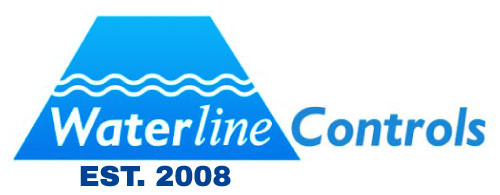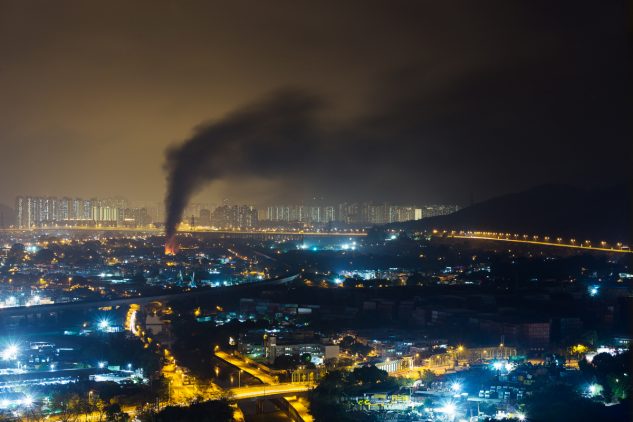What Is a Break Tank in a Fire Protection System?
A break tank is a water storage tank that is used in fire protection systems to make sure that fire pumps always have a steady flow of water. Municipal water pressure is not powerful enough or steady enough to meet fire protection needs in many commercial and industrial structures. A break tank fixes this by holding a set amount of water that can be pulled right away and at full flow in case of a fire.
Break tanks are like a buffer between the building’s fire pump and the municipal or onsite water source. They make sure that the system always has access to the water it needs, no matter what happens with the pressure, lines, or supplies.
The Purpose of Break Tanks in Fire Protection
1. The pressure of municipal water isn’t always high enough.
Fire pumps need a certain amount of pressure and volume to work properly. Many communities can’t keep up with the steady flow that is needed, especially during busy times. A break tank makes sure that the fire pump always has a steady supply.
2. They keep pumps safe and stop backflow.
The break tank keeps the fire system and the municipal line apart. This keeps city water from being dirty and stops pump pressure from forcing water back into the supply line.
3. They make sure that fire codes are followed.
NFPA 22 and NFPA 20 have tight rules for the water that is kept, how well fire pumps work, and how reliable the system is. Break tanks assist structures achieve these regulations, especially when the city’s water supply isn’t always stable.
How a Break Tank Works
A break tank is usually put in at ground level and filled up automatically with float valves or, better yet, electronic water level controls for more accuracy and dependability.
This is how the system works:
- The tank holds a specific amount of water that the fire pump needs to work.
- Electronic water level sensors keep an eye on the tank all the time and make sure it is filled to the right level.
- When the fire pump turns on, it doesn’t get water from the city line; it gets it straight from the tank.
- The control system starts refill mechanisms when the water level drops, but it stops overfilling, dry running, or pump damage.
WaterLine Controls and other companies who make electrical water level controls make sure that the tank always has the right amount of water for safe operation. Electronic systems are better for important fire protection uses since they don’t get damaged by debris, scale, or corrosion like mechanical floats do.
Final Thoughts
A break tank is an important part of many fire prevention systems because it makes sure that fire pumps always have a reliable, code-compliant water supply. When used with accurate, maintenance-free electronic water level controls, it gives commercial buildings, institutions, and industrial facilities the safety and dependability they need.


